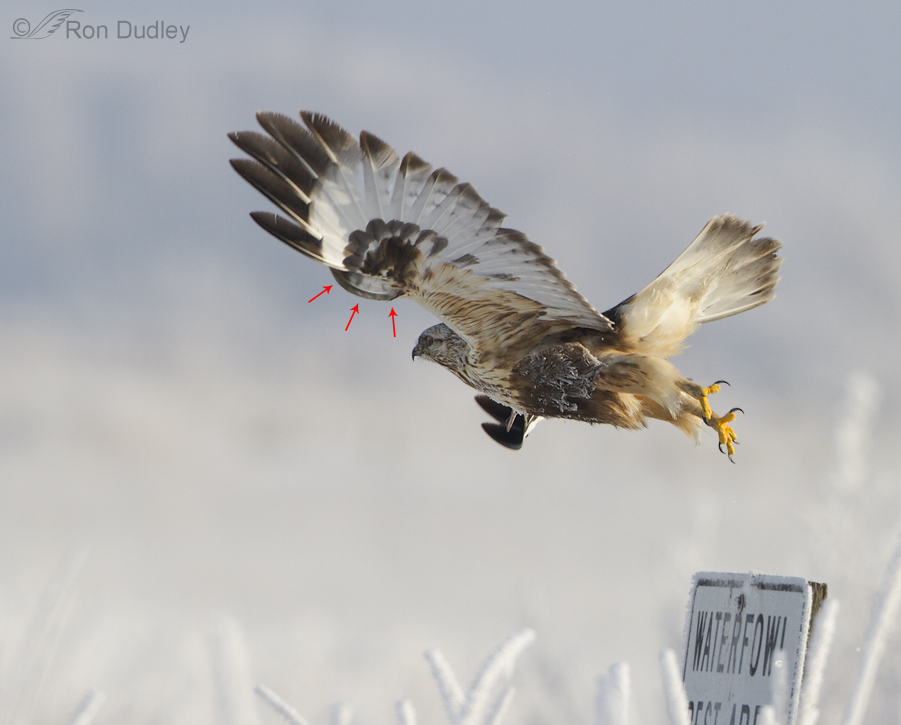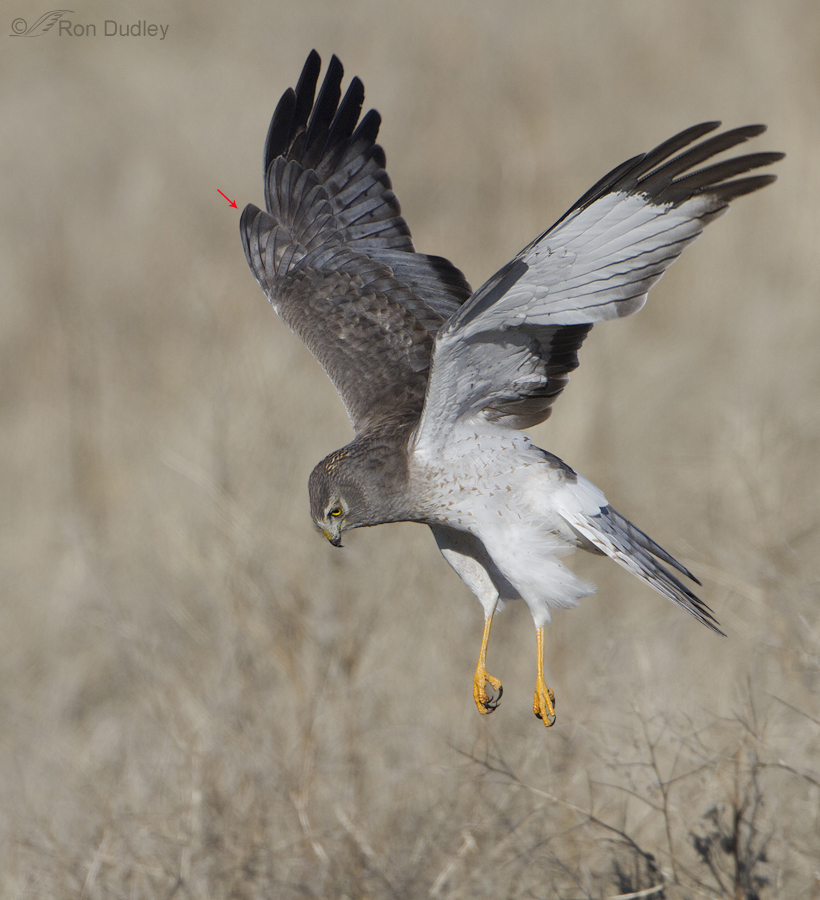Tag: alula
“Hanging” Northern Harrier – Hunting Low and Slow
Barn Owl In Flight Showing Dorsal Plumage Patterns and Alulae
Barn Owls have rather intricate plumage patterns and interesting color gradations on their dorsal (back) surfaces but they are rarely seen in their entirety in a single image. That’s partly because to get such an image you need to get them in flight with their wings out and tail spread which is very difficult to do since they’re primarily nocturnal. And when you do manage a flight shot of one you’re usually looking up at them and can’t see much, if any, of the dorsal surface. I thought this image fit the bill. especially with the bird looking down so that we can also see the colors and patterns on the top of the head. Yes, I do wish I had more light in the eye… 1/1600. f/8, ISO 500 500 f/4, 1.4 tc, natural light, canvas added for composition, not baited, set up or called in Another thing I like about the image is the clear look at the alulae (plural of alula) or “bastard wings – the first digit or “thumb” on the leading edge of the wing. And this shot shows one more thing that intrigues me – the right alula (left in our view) is extended further forward and at a sharper angle than the one on the birds left, perhaps in compensation for the tipped angle of flight. My research indicates that there’s still debate among experts about whether or not birds have muscular control of the alulae or they only respond to the pressure of air currents. This owl has just spotted potential prey below and is flying very slowly as…
The Alula (bastard wing) Of A Kestrel In Flight
Many extinct and ancient relatives of modern birds had alulae, as do flies (insects of order diptera). I find it fascinating that evolutionary selection pressure has produced this structure in such diverse and relatively unrelated groups as birds and some flying insects. And that man has (once again) copied nature to solve a modern problem.
A Good Look At The Feather Patterns Of A Prairie Falcon
Last month, this Prairie Falcon let me get very close to it on the causeway to Antelope Island. It was in early morning and the bird was in deep shade. It’s my impression that they feel less threatened in that kind of light and though it makes for very difficult photography, I’ll take the bird close in poor light, instead of a mile away in gorgeous light – any ol’ day of the week. 1/640, f/4.5, ISO 640, 500 f/4, natural light, not baited, set up or called in Previously, I’ve posted a different image of this bird but that one didn’t have the textures provided by the raised feathers that we see here. 1/800, f/4.5, ISO 640, 500 f/4, natural light, not baited, set up or called in When this bird decided it was time to leave it had a bit of a pleasant surprise for me. In this light and with this slow shutter speed I could never get the bird sharp as it took off but just before it launched, it spread its wings and held them there for a few seconds and it even glanced back enough for me to get some light in the eye. But what I like most about this image is the great look at the feather patterns on the left wing and back. Because of the spread wing and the lightly colored margins on each feather, those patterns are very clear and it is easy to delineate each plumage “group” – primaries, secondaries, primary coverts, greater coverts, median coverts, lesser coverts, alula, scapulars,…



